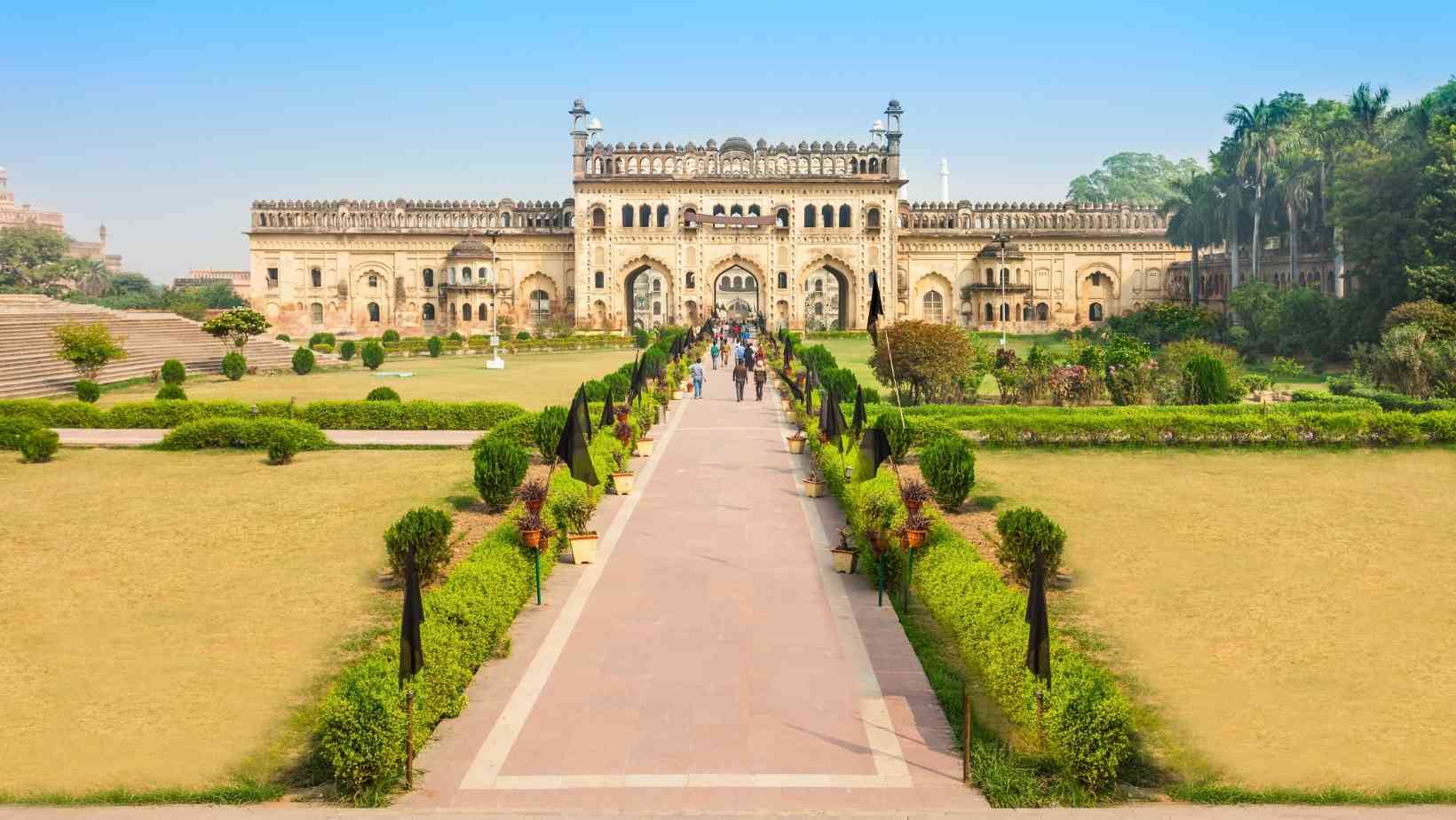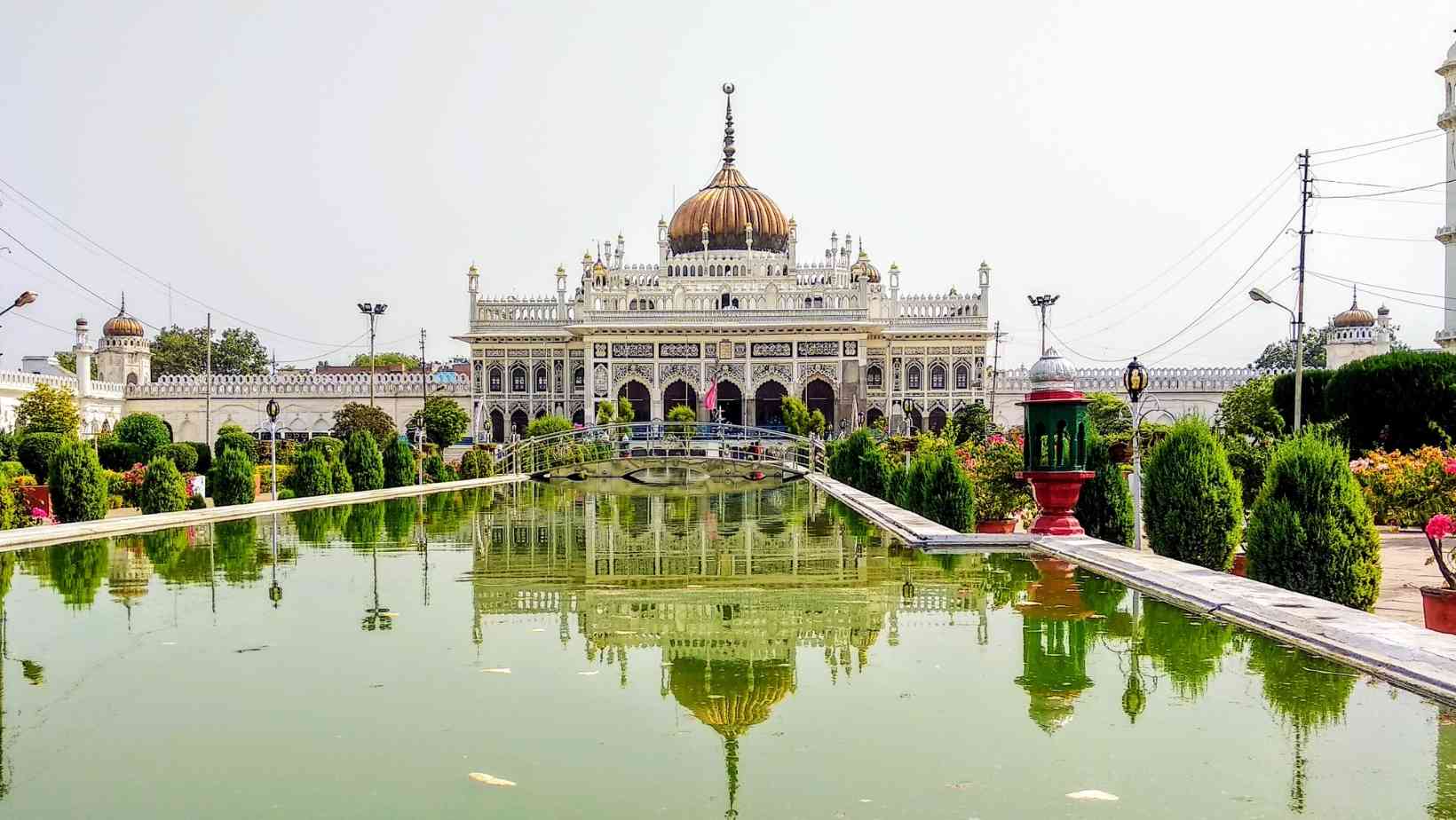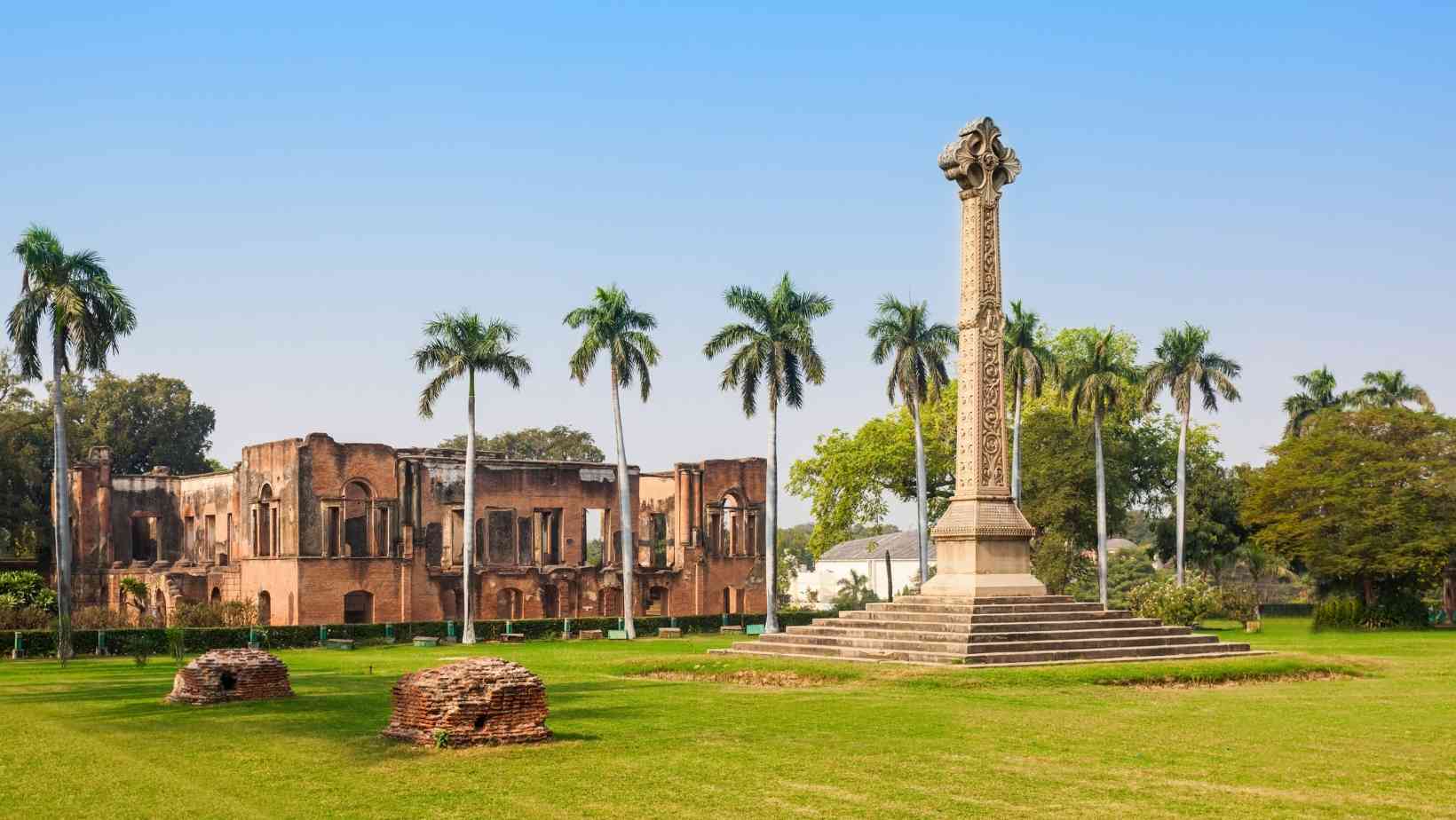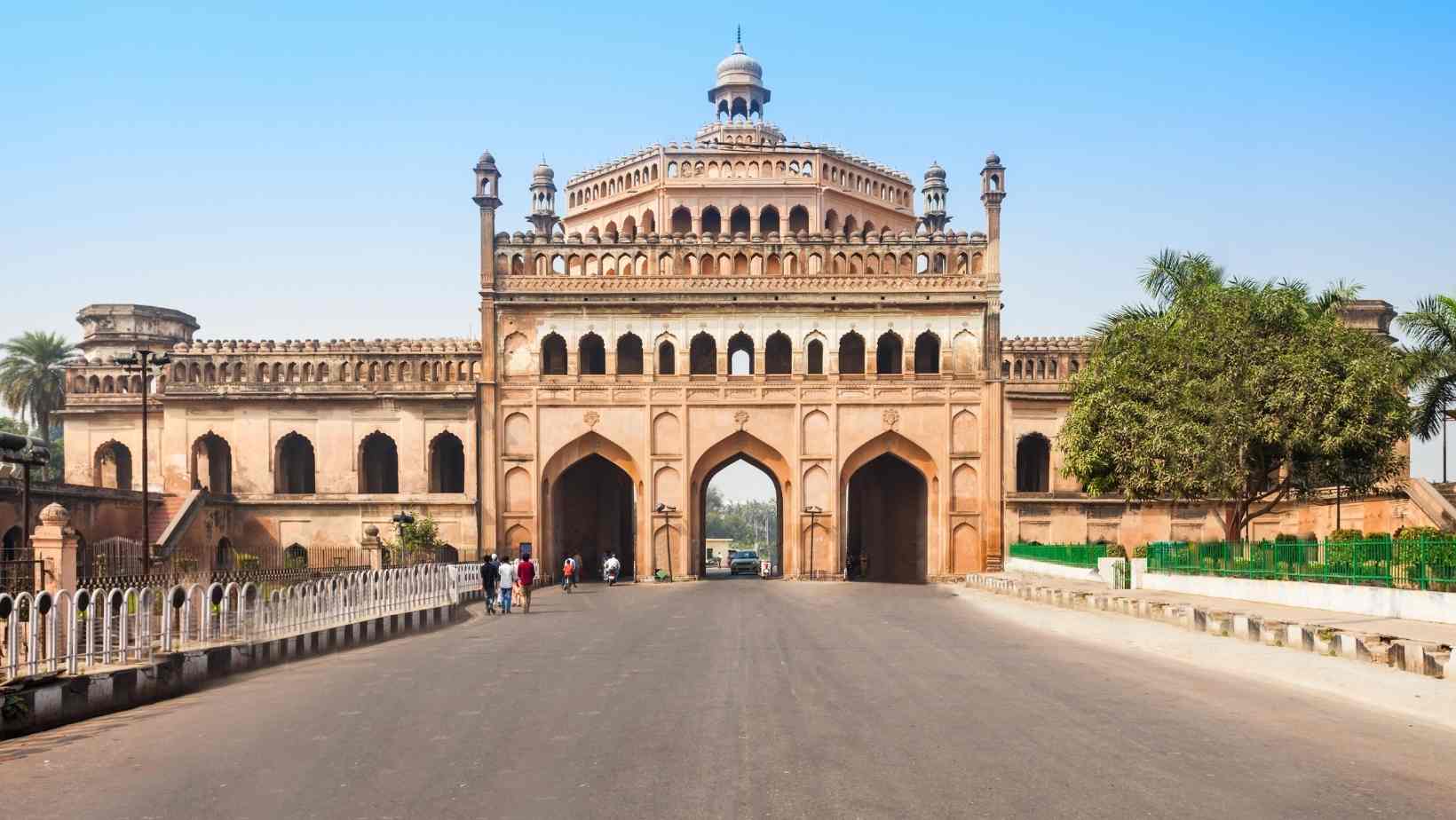The city of the Nawab, Lucknow is an amalgam of thrill and beauty when it comes to exploring the past of the city and indulging in an exciting shopping spree. The markets and the local lanes of Lucknow speak about the glorifying beauty of the city and its significance as the capital town of Uttar Pradesh. The brilliant tourist attractions spots that we have listed below for you shall compel you to visit these places on your next vacation out of town. So what are you waiting for, let us take a time machine and travel back in time when the royal families ruled the city of Lucknow.
Jump to:
1. Bara Imambara
The Bara Imambara is the most sought-after place in Lucknow. The monument stands witness to the ruling dynasty and the reigns of the renowned emperors. The Bara Imambara was constructed in 1784 by the powerful Nawab Asaf-ud-Daula. The monument is visited by tourists every time one heads to the city of Lucknow. This is the most prominent feature of Lucknow which is a must for you to have a look and admire the labyrinth, the mosque, and the stepwell in the centre. It is believed that once you lose your way in the labyrinth you can not find your way out. Whether it is a myth or a fact that stands subjective until you try out the place by yourself. The two massive doors shall lead you to the centre of the building where stands the largest vaulted chamber in the world. The Indian tourists are charged 25 INR for entering the premises of the building.

2. Chota Imambara
The magnificent mosque built here with the gilded tombstones is surely going to leave you awestruck. The structure was constructed in the year 1838 by the Nawab Muhammad Ali Shah. He was the third Nawab of Lucknow and the mosque was constructed for the Shia community of the Muslim race. The brilliant architecture and the artwork on the walls are admired by the visitors as they make their way into the hallway. The mosque was later converted into a mausoleum for the Nawab and his mother and the glorifying history is talk of the town today with a massive number of tourists visiting the monument every day. The crystal lamps and the glass chandeliers bought from Belgium gave the monument its name of the Light Palace. The brightness and vibrancy in those days still resonate after so many years of its existence.

3. The British Residency in Lucknow
This was built during the Era of the Raj and served as the residence for the British General Officer in the town. The building was erected in the late 18th century when the building served as the home for almost 3000 British ranking officers during the revolt of 1857. The building has suffered major damage over the years and now it stands in ruin. However, the structural importance and the historical significance of the building have rendered it one of the most prominent monuments in the town. The Archaeological Survey of India is now taking care of the building and the visitors are allowed to enter the monument without having to pay any entry charges.

4. Rumi Darwaza
A visit to Lucknow is simply incomplete without witnessing the brilliant Rumi Darwaza. The gigantic gateway stands between the Chota Imambara and Bara Imambara. Built-in the Awadhi style of architecture, it is an excellent example of brilliant craftsmanship. The gateway was constructed by Nawab Asaf-ud-Daula and the mesmerising construction is evidence of the grandeur of the time in the past. The 60 feet tall gateway resembles the Turkish Gate in Istanbul and is decked up similarly. The visitors can enjoy the view of the gates any time of the day and all around the week. The stalls near the structure serve lip-smacking snacks for the tourists with authentic Lucknow delicacy and local food items.

5. Chattar Manzil
The Chattar Manzil is also referred to by the name Umbrella Palace that is frequented by tourists on sightseeing tours. The local guides explain the lifestyle of the rulers and the royal queens within the palace. It served as the residential building for the kings and queens of the Awadhi dynasty. The uniqueness of the architecture lies in the brilliant construction idea of the tombs. Each of the tombs was built in the shape of an umbrella and the distinguished design contributes to the popularity of the building.
The visitors are allowed to explore the various features of the palace and they can also hire a local guide to explain to them the significance of the building. The tourists are allowed inside the monument free of entry charges and they can admire the excellent craftsmanship within the period of eight in the morning to six in the evening.
